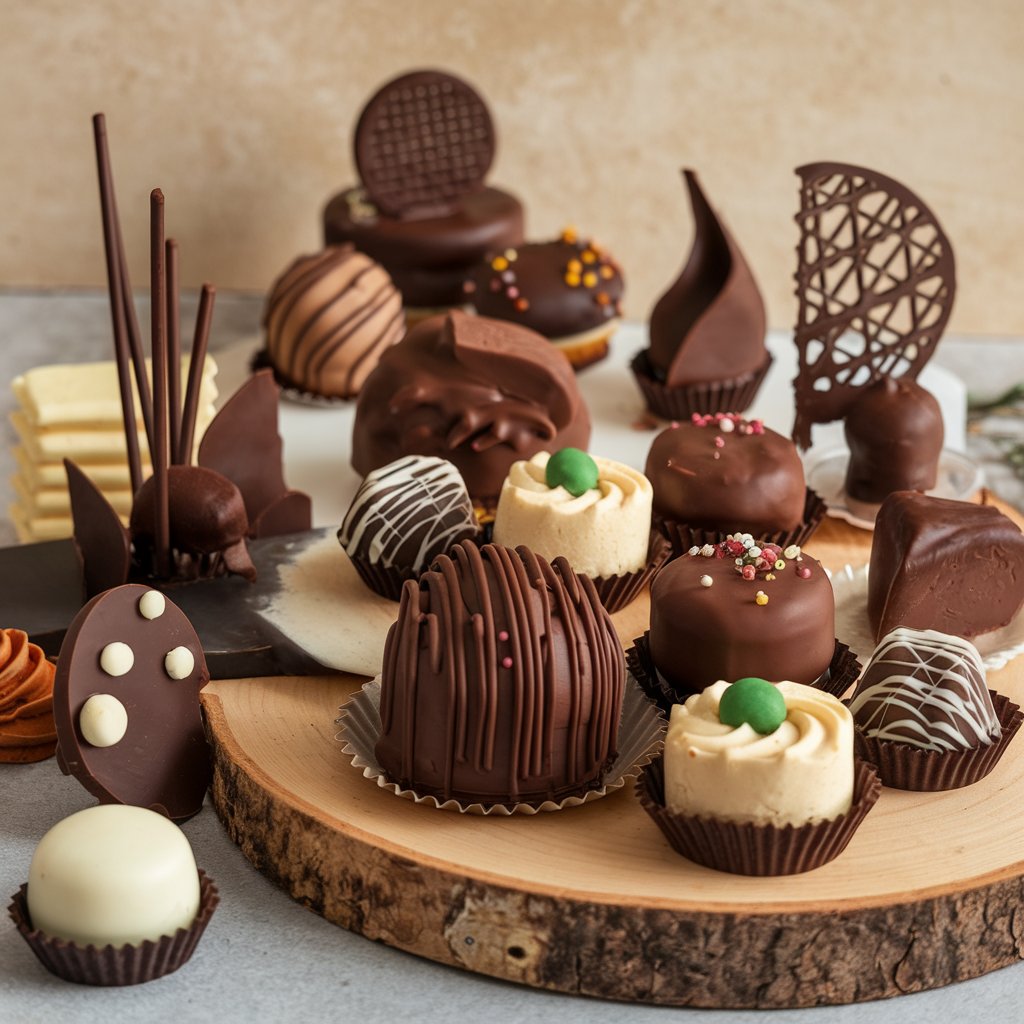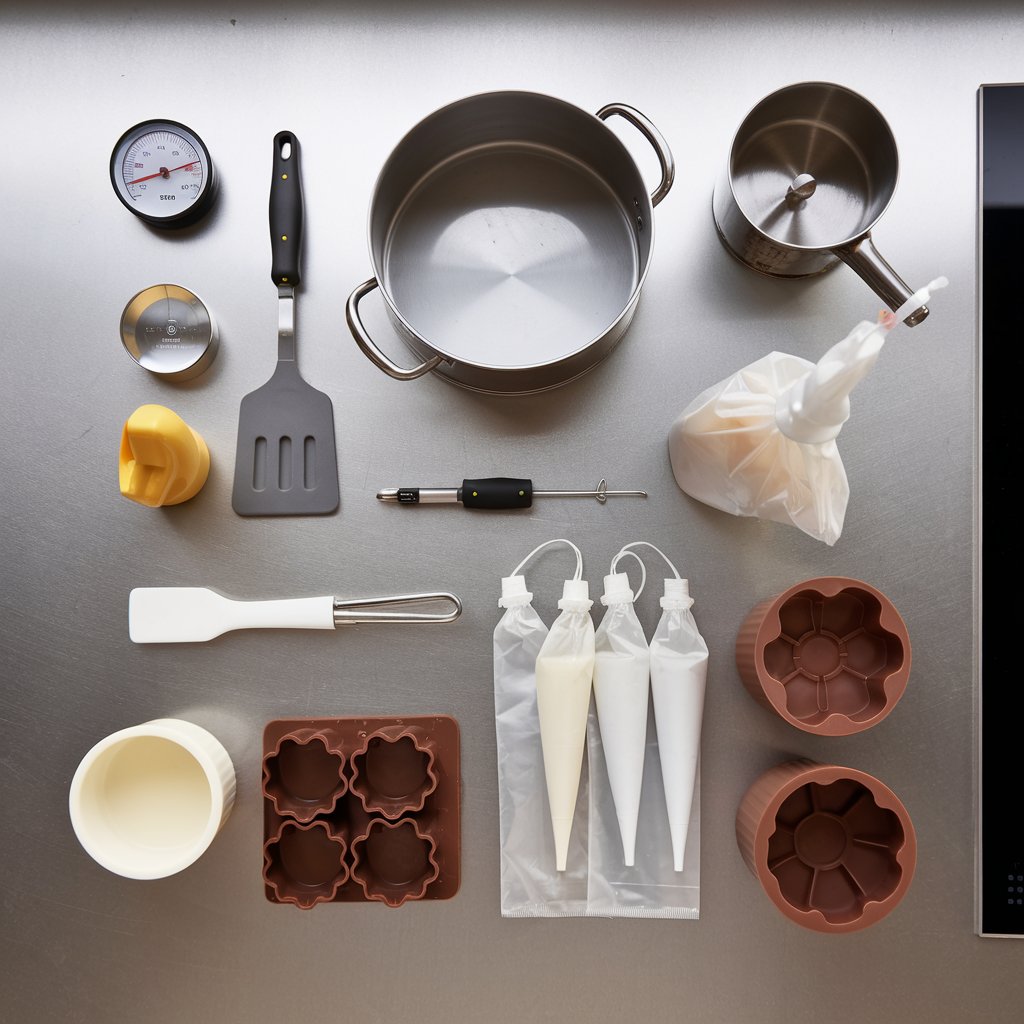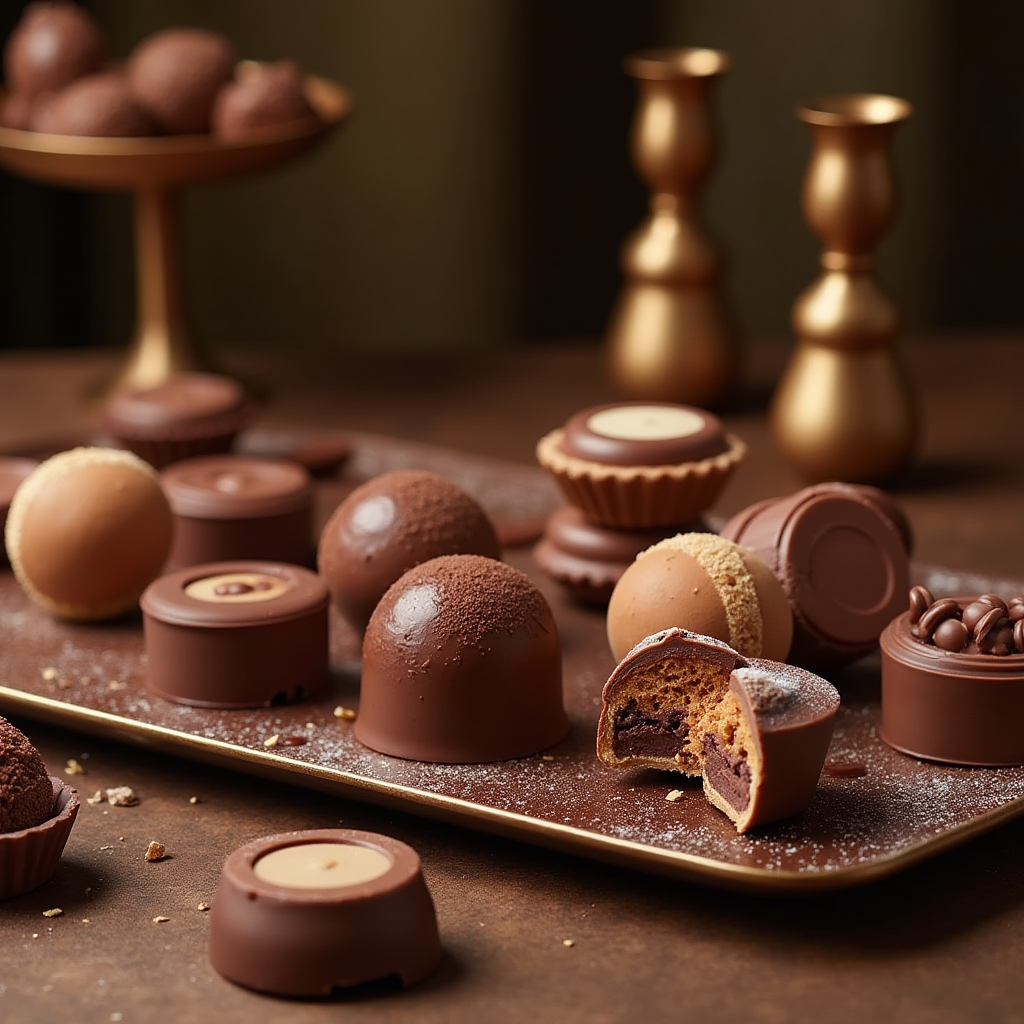Imagine the joy of creating stunning chocolate desserts that look and taste like they came from a professional patisserie. Whether you dream of crafting silky ganache, glossy chocolate molds, or eye-catching decorations, the journey to becoming a dessert chocolatier is as rewarding as it is delicious. This guide is designed to help you master the techniques, tools, and secrets needed to elevate your chocolate creations to the next level.
What is a Dessert Chocolatier?

A dessert chocolatier is more than just a chocolate lover. It’s someone who uses their knowledge of chocolate to create breathtaking desserts. From tempering chocolate for that perfect snap to designing elaborate molded treats, a chocolatier combines precision, creativity, and passion to make edible works of art.
To succeed in this craft, it’s essential to understand chocolate’s unique properties and how to work with it effectively. Armed with the right skills, you can turn simple ingredients into culinary masterpieces.
Understanding Chocolate

Types of Chocolate
Not all chocolate is created equal, and choosing the right one can make or break your dessert. Here’s a quick guide:
- Dark Chocolate: Rich and intense, ideal for desserts with bold flavors.
- Milk Chocolate: Creamy and sweet, perfect for softer, milder treats.
- White Chocolate: Sweet and buttery, great for decorations and subtle flavors.
Each type has its own melting point and behavior, so knowing how to handle them is crucial for successful desserts.
The Science of Tempering
Tempering is the process of heating and cooling chocolate to stabilize its crystals, ensuring a smooth, glossy finish and a satisfying snap. Here’s a quick step-by-step guide:
- Melt the chocolate to 115°F (46°C).
- Cool it to around 80°F (27°C).
- Reheat to 88–90°F (31–32°C) for dark chocolate, slightly lower for milk or white.
Tempering ensures that your chocolate sets properly, making it perfect for molded creations and decorations.
Techniques for Perfect Chocolate Desserts
Creating the Perfect Ganache

Ganache is a versatile element in chocolate desserts, used for fillings, frostings, and truffles. To make a silky ganache:
- Heat equal parts of heavy cream and chopped chocolate until just warm.
- Stir gently until smooth.
| Ingredient | Quantity |
|---|---|
| Dark chocolate (70%) | 200g |
| Heavy cream | 200ml |
Let the ganache cool slightly before using for a glossy, spreadable consistency.
Mastering Molded Chocolate
Molded chocolates are both elegant and versatile. Follow these tips for success:
- Ensure your molds are clean and dry to prevent streaks.
- Pour tempered chocolate into molds, tap to release air bubbles, and chill until set.
Experiment with shapes and fillings to add variety to your creations.
Decorative Touches
Decorations bring desserts to life, and chocolate is a fantastic medium for creative designs. Try these ideas:
- Use a peeler to make chocolate curls.
- Drizzle melted chocolate over cakes or tarts for a dramatic effect.
- Pipe shapes or letters onto parchment paper for personalized touches.
Tips for Success
Avoiding Common Mistakes
Working with chocolate can be tricky, but these tips will help you avoid common pitfalls:
- Never overheat chocolate—it will seize and become unusable.
- Use a food thermometer to maintain precise temperatures during tempering.
- Work in a cool, dry environment to prevent chocolate from melting prematurely.
Pairing Chocolate with Other Flavors
Chocolate pairs beautifully with a variety of ingredients. Here are some classic combinations:
- Fruits: Strawberries, oranges, and raspberries add brightness.
- Nuts: Almonds, hazelnuts, and pistachios bring crunch and depth.
- Spices: Cinnamon, chili, and cardamom create intriguing flavor profiles.
Experiment with different pairings to find your signature style.
Tools Every Dessert Chocolatier Needs

Investing in the right tools can make a world of difference in your chocolate-making journey. Essential items include:
- Digital Thermometer: For precise temperature control.
- Double Boiler: To melt chocolate gently.
- Silicone Molds: For easy removal of molded chocolates.
- Offset Spatula: For smooth, even spreading.
- Piping Bags: For detailed decorations.
Frequently Asked Questions About Dessert Chocolatier
What does a dessert chocolatier do?
A dessert chocolatier creates chocolate-based desserts, mastering techniques like tempering, molding, and decorating to craft stunning treats.
How do I start working with chocolate?
Start by choosing quality chocolate and learning basic techniques like melting and tempering. Experiment with simple recipes to build confidence.
Why is my chocolate grainy?
Grainy chocolate usually means it has seized due to moisture or overheating. To avoid this, keep all equipment dry and melt chocolate slowly over gentle heat.
What’s the easiest chocolate dessert for beginners?
Try making chocolate truffles! They require only a few ingredients and are easy to customize with coatings like cocoa powder, nuts, or sprinkles.
Conclusion
Mastering the art of dessert chocolatier is a journey that combines science, creativity, and passion. By understanding the basics of working with chocolate, investing in the right tools, and experimenting with techniques, you can create desserts that are as beautiful as they are delicious.
Ready to craft your own chocolate masterpieces? Explore more recipes and tips at Shaima Recipes. Let’s make chocolate magic together!
How was this recipe to you ?
There are no reviews yet. Be the first one to write one.


1 thought on “Mastering the Art of Dessert Chocolatier: Tips for Perfect Chocolate Creations”
Comments are closed.